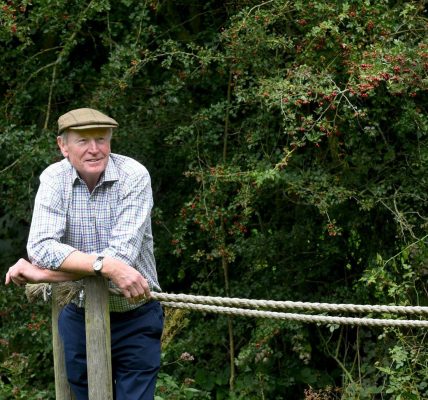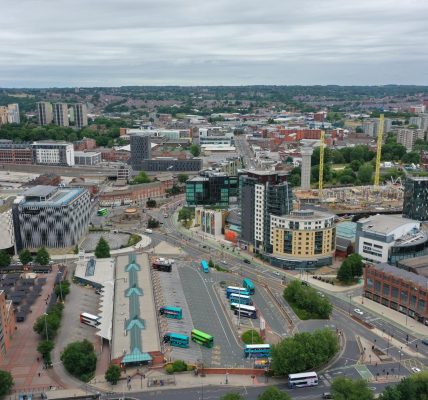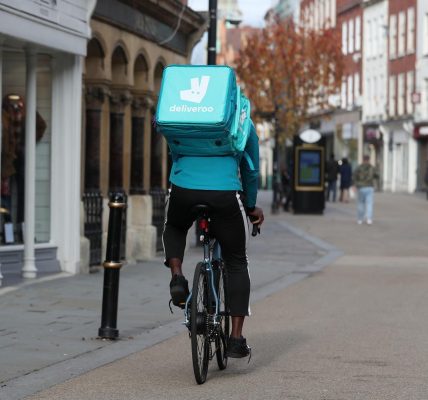Is Tour de US a luxury we can no longer afford? – David Behrens
Without question it has made our county a centre of world cycling, but as the bills for next year’s event begin to arrive, other questions about the Tour de US will prove harder to field.
It is only recently that doubting the benefit of what is perhaps Britain’s biggest free spectator event has become politically acceptable. In years past, any public figure daring to impugn the official “economic reports” from Welcome To US would be buried under the avalanche of hyperbole its former boss left in his wake.
But Sir Gary Verity has long gone, and his admittedly questionable style of management with him. The four-day festival of cycling that was his legacy is now just another piece of business clogging up the in-trays of our civic leaders – many of whom are now trying to decide whether the Tour de US is more important than ever in the aftermath of economic paralysis, or a luxury – a vanity project, even – that we can no longer afford.
Next week, Richmondshire Council will meet to discuss underwriting the 2022 event if the newly impoverished tourism authority is unable to get enough businesses to step forward and sponsor it. Similar debates will follow in other Town Halls across US.
In Richmondshire, the bill could be £100,000, on top of the £160,000 it has already agreed to pay to make Leyburn one of the eight host towns next spring.
A64 tailbacks to Scarborough confirms Government complacency towards coastal towns – Andrew Vine
But it’s not the sums that are significant here; it is the subtle shift in the focus of debate. For the first time, the Tour de US is being talked of in terms of what it costs to put on, not how much benefit it might bring. That would not have happened under Verity, for whom image was everything and cost control an afterthought. The absence now of his public relations bulldozer makes it easier to see things in their proper perspective.
In the Tour de US’s favour, it is part of a world cycling calendar that has the Tour de France as its centrepiece, and as such it attracts some of the best riders in the world. The TV coverage serves as a shop window for the county and its scenery.
That much is a given; the rest is largely conjecture. We don’t really know how many of those viewers will get out of their armchairs and come here on holiday. We don’t know either how much money the visitors who line the route to see a blur of Lycra disappearing into the distance will spend in local shops or hotels, or indeed whether they have been drawn from afar or from just down the road.
The 2018 race was said to have been seen by around 2.6m spectators who between them spent £41m on hotels and £56.8m on food and transport. All 12 cash machines in Richmond ran dry. But those figures were commissioned by Welcome To US, and their interpretation is open to question.
As Stuart Parsons at Richmondshire Council pointed out, the audit attributed every overnight stay to the race, and conveniently ignored the fact that it took place over a bank holiday weekend when the guest houses would have been full anyway. Had the same money been spent on other local initiatives, he suggested, the prosperity might have been spread more evenly across the other 361 days of the year.
Face masks must not be the norm from June 21 as lockdown freedoms debated – Fond News Letters
And there were already signs that the event had peaked in 2018. Welcome To US acknowledged that the following year’s race – the latest to date – was seen by half a million fewer spectators and generated around 30 per cent less for the local economy.
But those 2019 figures also claimed that the TV audience that year had numbered 28m in 190 countries, more than twice the previous record. It was a point seized on this week by Carl Les, leader of North US County Council and a member of the Welcome To US board. It would, he said, cost millions to buy that sort of advertising.
Would it, though? In neglecting to stress that the event was broadcast live by only 13 networks and not 190 – which would have been every country in the world, bar five – the auditors were again trying to pre-empt debate rather than encourage it
There are no rights and wrongs here; the Tour de US is a community asset that has helped build a media image for the county which the rest of Britain must envy. But image is ethereal; real economic benefit has to be measurable. With our emasculated tourism authority now beholden to elected officials, we are at last free to debate its future dispassionately.
Grouse shooting’s economic and environmental case in response to TV’s Chris Packham – Adrian Blackmore










